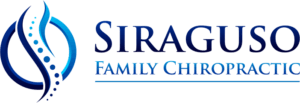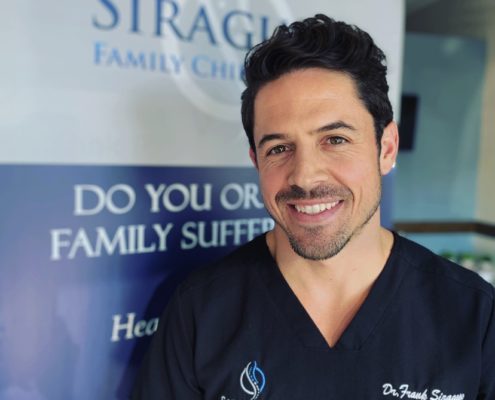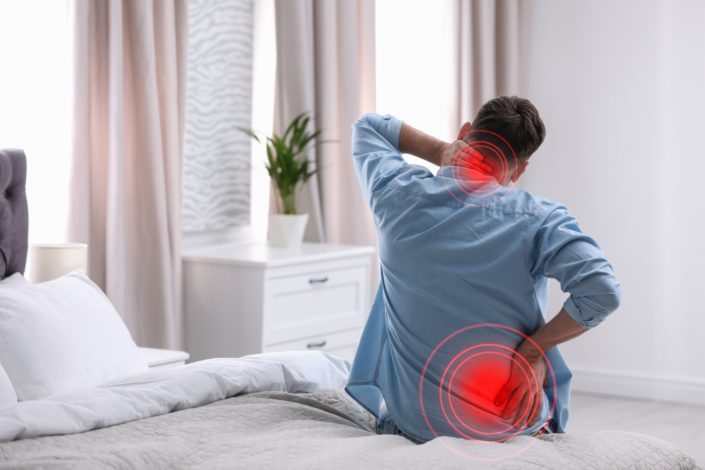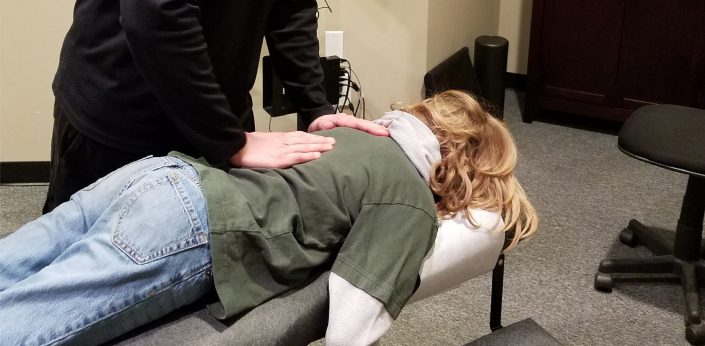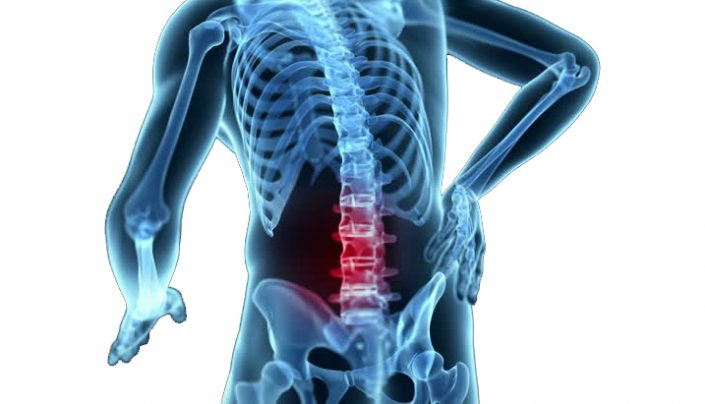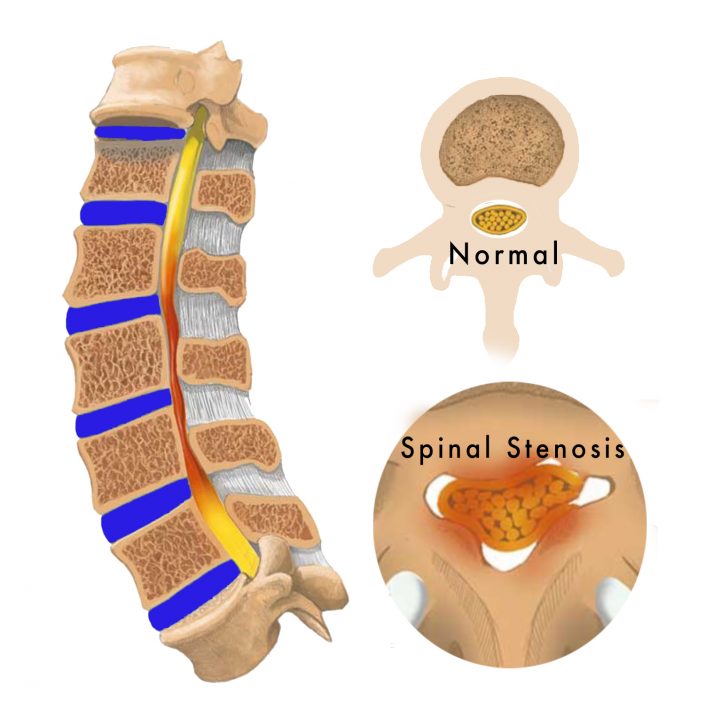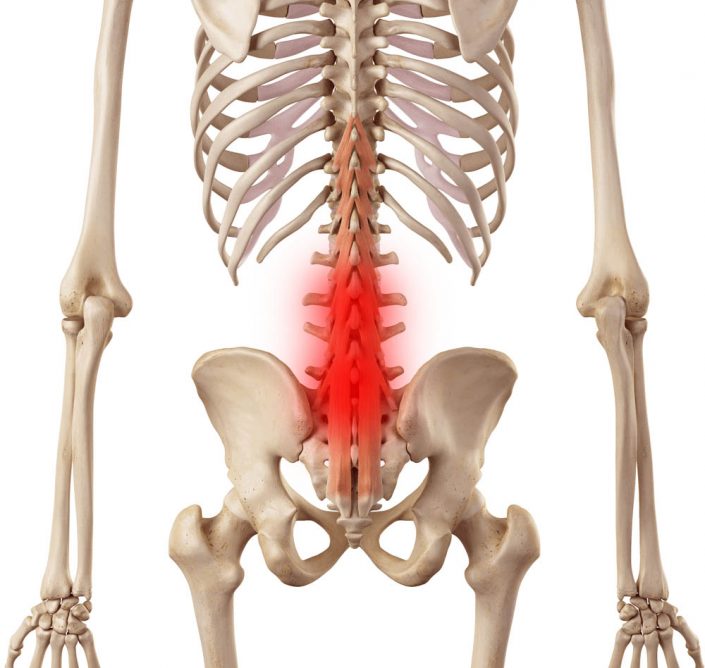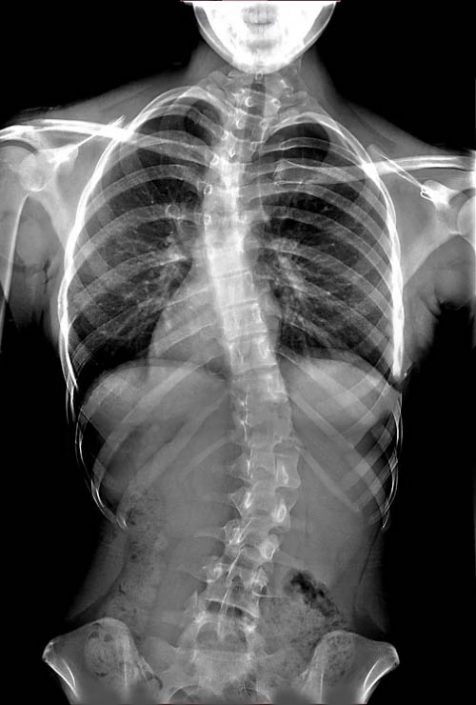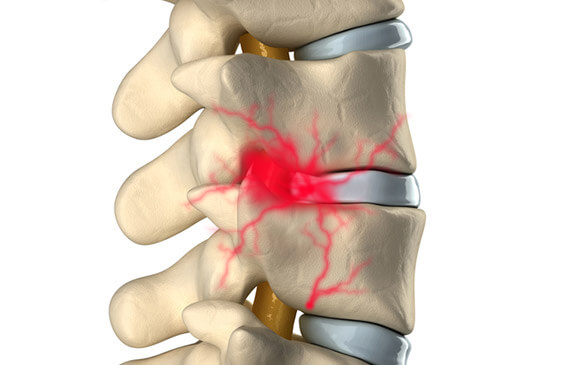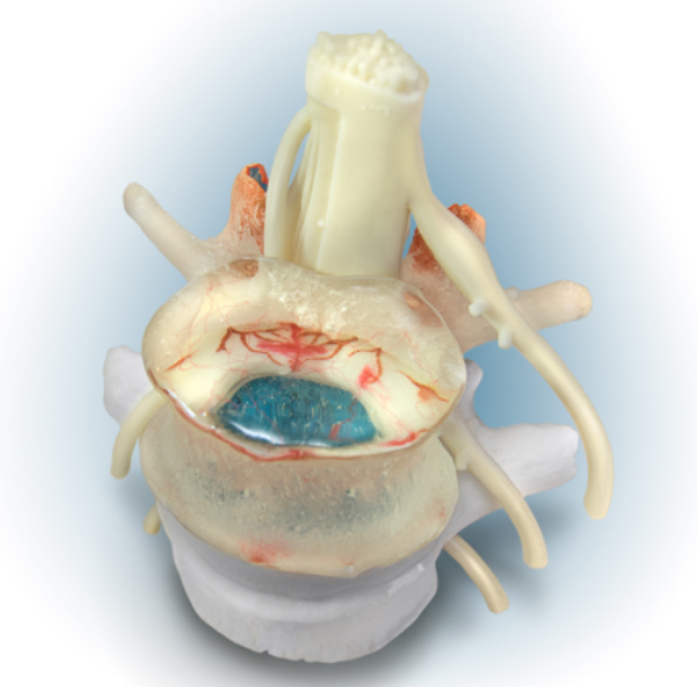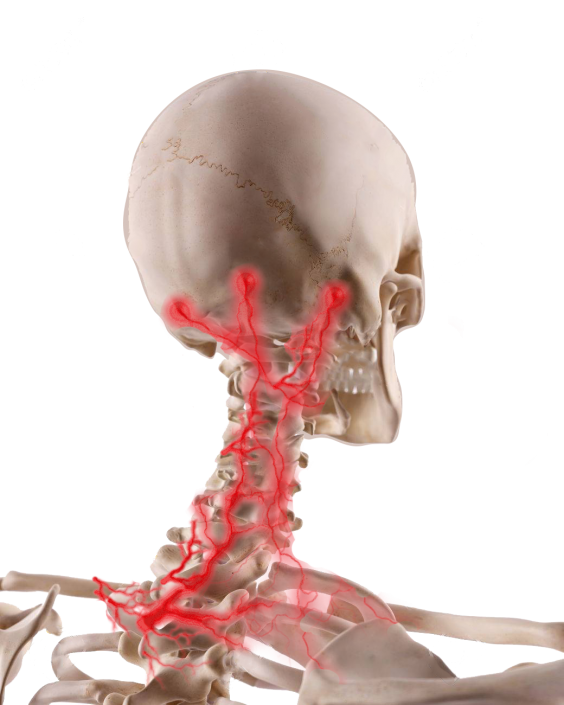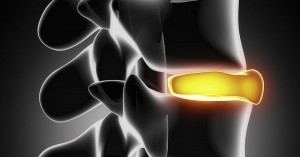What to Expect
If Dr. Siraguso is a Chiropractor near you in the Kansas City, Northland or Gladstone area, and you decide to make an appointment, here is what to expect.
You can schedule online, call to make an appointment, or walk in! If you schedule online all the intake forms will be automatically sent to your email to fill out. Once completed the forms will be virtually sent back to our office. This ensures a seamless process, so all of your documentation is ready for when you get to your appointment.
Day 1: Initial Chiropractic Visit
Upon arriving Dr. Siraguso will take the time to listen and ask questions to better understand your health history and figure out medically what is going on. Dr. Siraguso will likely take X-Rays. This ensures he does not overlook any major issues and will give him more information on the particular spinal conditions you may be suffering from. Once completed a musculoskeletal exam will be performed to gather additional information. Dr. Siraguso will almost allows perform a relief adjustment on the first visit, along with any other additional therapeutic activities.
Day 2: Report of Findings
Dr. Siraguso will always want to do a follow up visit, even if your condition does not warrant a treatment plan. On this day he will go over your X-Rays in depth with you to show you exactly what is going on, he will let you know what the treatment plan is going to be and answer any other questions you may have. Dr. Siraguso will also prescribe at home exercises and stretches specific to your diagnosis, as well as make any other at home recommendations. Chiropractic treatment will then be performed.
